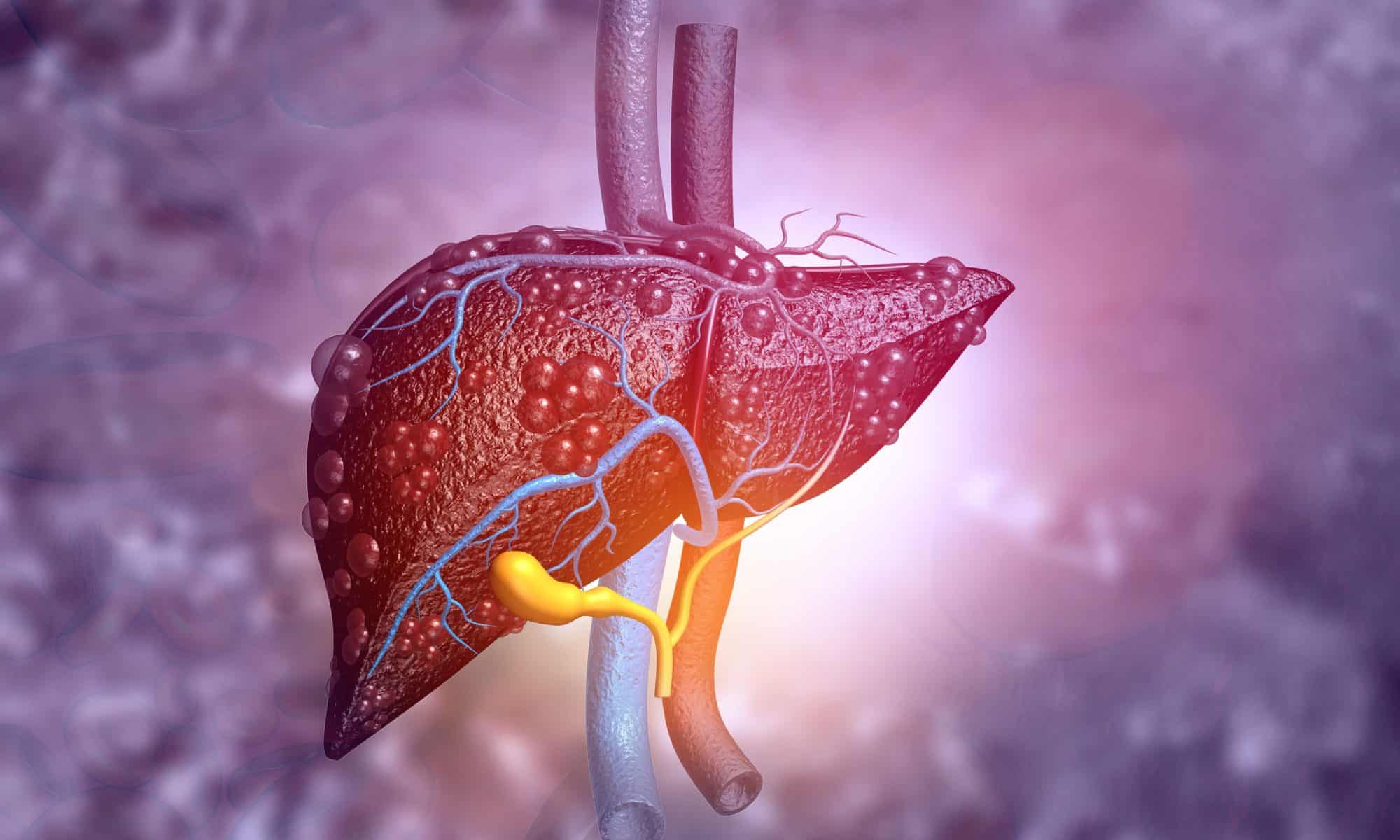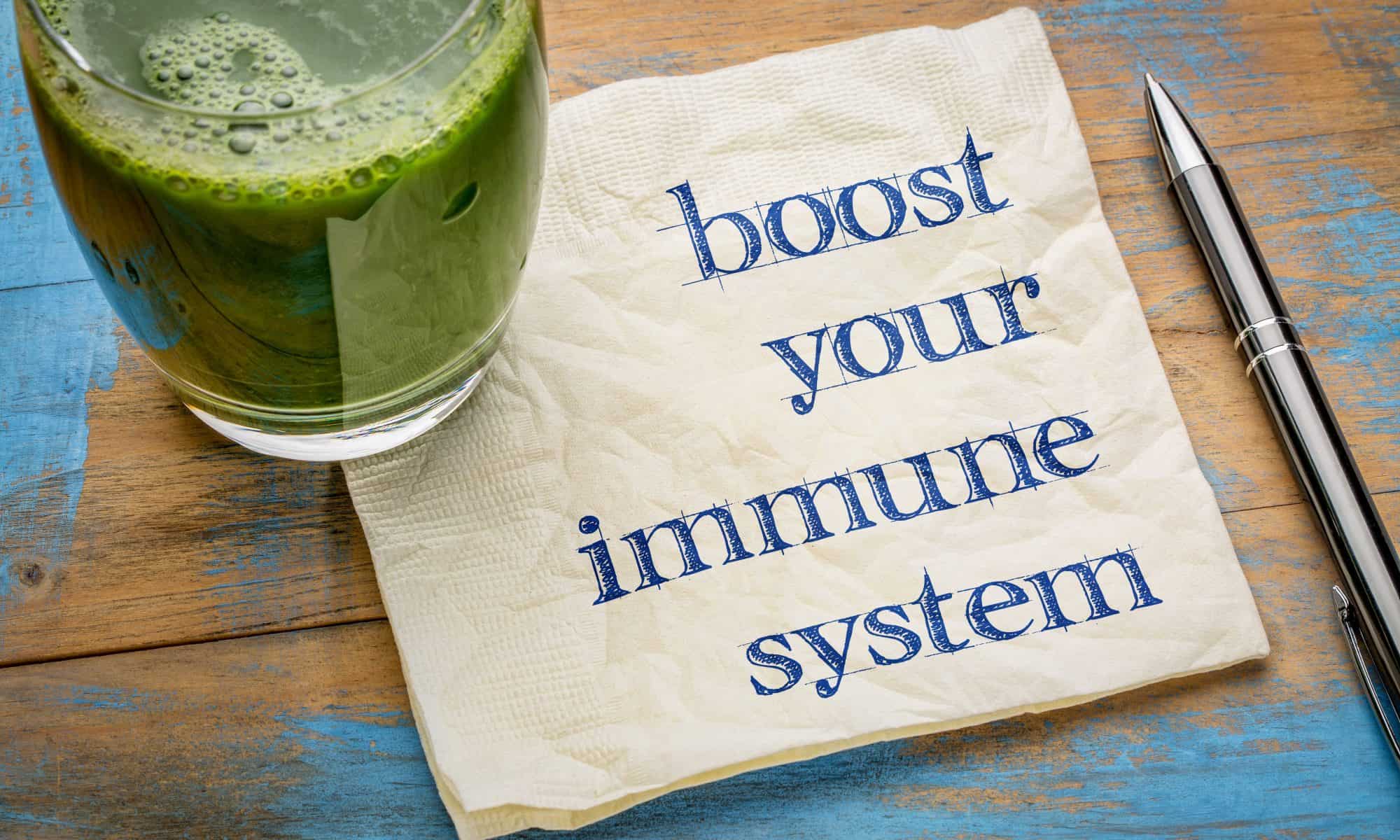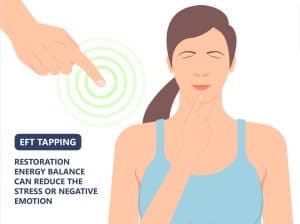
Your liver, kidneys and thyroid glands are essential for keeping your body healthy. Each of these organs produces various enzymes and hormones that support various functions in your body. In addition to helping you digest food, the liver filters toxins from your blood and eliminates them through urine or sweat. The kidneys clean your blood by filtering waste products from it. Finally, the thyroid gland produces hormones that help regulate how fast your body uses energy. Additionally, these organs are known as “endocrine” or hormone-producing organs because they have cells capable of secreting hormones directly into the bloodstream rather than storing them until they’re needed. This article details different herbs, supplements and foods that can help heal your liver, kidneys and thyroid if you suffer from an illness or a temporary condition such as stress or fatigue.
How to Heal Your Liver Naturally
The liver is responsible for more than 500 different functions in the body, making it the single most important organ in our system. It contains between 50 and 70 per cent of blood plasma. It is the organ that is most prone to disease, and is therefore subject to careful daily observation and study. The liver is responsible for processing nutrients, fats and toxins. It also stores vitamins, minerals and iron for when the body needs them later on. When the liver is not functioning properly, toxins can build up in the body causing mood swings, fatigue and other health issues. If you have certain liver defects, you might experience itching, pain or a foul smell coming from your liver. You can also experience muscle spasms, redness and a stiff or swollen abdomen. Sometimes people with liver disease have no symptoms. You can have a healthy liver by eating lots of fruits, vegetables, whole grains and lean proteins. You can also take supplements like milk thistle and vitamin B to keep your liver healthy.
How to Heal Your Kidneys Naturally
The kidneys filter your blood, control the amounts of water and minerals in your blood and create urine, which carries waste products away from your body. If your kidneys are not healthy, they can’t do these things correctly. If your kidneys are diseased, you may need dialysis or a kidney transplant. Keeping your kidneys healthy is essential to living a long, healthy life. You can help keep your kidneys healthy by eating plenty of fruits and vegetables. Limiting your intake of sodium and sugar can help, while drinking plenty of water can also protect your kidneys. Eating foods with potassium and phosphorus can also help protect your kidneys from damage. You can also take supplements that help your kidneys filter your blood, like vitamin B and beta-carotene.
How to Heal your Thyroid Naturally
The thyroid is a butterfly-shaped gland in your neck that makes hormones that affect your metabolism, digestion, weight, heart rate and energy level. If your thyroid gland isn’t producing enough thyroid hormones, your metabolism slows and you gain weight. If it’s overproducing thyroid hormones, you burn energy too quickly. This can lead to weight loss. Certain medications can help with thyroid issues, but diet can also be a powerful tool to help heal your thyroid. If you have an underactive thyroid, you can try adding foods such as soybeans, tofu, bananas, carrots and sweet potatoes to your diet. If you have an overactive thyroid, you can try avoiding goitrogenic foods, which increase the risk of developing an overactive thyroid. You can also take supplements like kelp, iodine and selenium to help manage your thyroid health.
Herbs and Supplements To Help Heal Your Liver
There are several herbs that can help heal your liver, one of which is milk thistle. Milk thistle is used to treat liver diseases like hepatitis and cirrhosis, and can also help boost liver function after taking toxins like medication or alcohol. Another herb that can help heal your liver is dandelion root, which can help decrease the amount of ammonia in the liver. You can also try turmeric, which contains natural compounds that can help fight inflammation, reduce the risk of oxidative damage to the liver and lower your risk of developing cancer. Other herbs that can help heal your liver include artichoke, rosemary, bay leaf, cardamom, cinnamon, clove, cumin, fennel, pomegranate and saffron. You can also try supplements like vitamin B, vitamin C, vitamin E and coenzyme Q10 to protect your liver from toxins.
Herbs and Supplements To Help Heal Your Kidneys
There are a number of herbs that can help heal your kidneys, including barley, celery, dandelion root and hawthorn. You can also try eating foods with potassium and phosphorus, like bananas, sweet potatoes and avocados. You can also try drinking plenty of water to help avoid kidney damage. Other herbs that can help protect your kidneys include alfalfa, cranberries, parsley and raisins. You can also try supplements like vitamin B, vitamin C, vitamin E and selenium to help keep your kidneys healthy.
Herbs and Supplements To Help Heal Your Thyroid
There are a number of herbs that can help heal your thyroid, including barley, celery, dandelion root, kelp and parsley. You can also try eating foods with potassium and phosphorus. You can also try drinking plenty of water to help avoid thyroid swelling. Other herbs that can help protect your thyroid include alfalfa, cayenne, cinnamon, cloves, fenugreek and paprika. You can also try supplements like vitamin B, vitamin C, vitamin E and selenium to help protect your thyroid from damage.
Food You Can Eat To Help Heal Your Liver, Kidneys and Thyroid
There are a number of foods that can help protect and heal your liver, kidneys and thyroid, including almonds, apples, bananas, carrots, dark chocolate, leafy greens and sweet potatoes. You can also try taking supplements like vitamin B, vitamin C, vitamin E and selenium to help protect your liver, kidneys and thyroid. These are just a few of the many foods and supplements that can be helpful in healing your liver, kidneys and thyroid. If you feel like one of your organs isn’t functioning properly, you may want to try some of these foods or supplements to help heal your body.
How Desiccated Animal Organs like Liver, Thyroid, And Kidneys Can Heal You
If you’re worried that you won’t be able to get the recommended amounts of vitamins and minerals from food alone, you can try supplementing with desiccated animal organs. Desiccated organs like liver, thyroid and kidneys are dried animal organs that provide the same vitamins and minerals that are found in the fresh organs. Animal organs are rich in vitamins A, B, C and E, as well as minerals like iron, zinc and selenium. They also contain natural proteins and amino acids that can help support your immune and hormone systems. You can try adding thyroid, liver and kidneys to your diet to help replenish these vital nutrients in your body. These can heal and regenerate your body in ways you might not have thought possible.
Conclusion
These organs are essential for keeping your body healthy, but they can be injured or damaged during strenuous activity. If you feel like your thyroid, kidneys or liver aren’t functioning properly, try eating more fruits and vegetables, as well as drinking more water to protect these organs. You can also try taking supplements that help your body heal and recover from exercise. Protect and heal your body by eating the right foods, herbs and supplements that can help heal your liver, kidneys and thyroid.
Meet Paul Wagner
Paul Wagner is an Intuitive Life & Business Coach, clairvoyant reader, and a five-time EMMY Award-winning writer. He created “THE PERSONALITY CARDS,” a powerful Oracle-Tarot deck that’s helpful in life, love, and relationships. Paul studied with Lakota elders in the Pecos Wilderness, who nurtured his empathic abilities and taught him the sacred rituals. He has lived at ashrams with enlightened masters, including Amma, the Hugging Saint, for whom he’s delivered keynotes at Her worldwide events.
Paul tours the world lecturing on spiritual liberation. He lovingly offers intuitive readings, inspirational coaching, and illuminating courses to help others with self-discovery, decision-making, healing, and forgiveness. Book a session with Paul: HERE




















